Housing affordability declines as property prices continue to rise
12 September 2024"“A year ago, price growth was relatively low, but 12 interest rate rises saw mortgage repayments increase by nearly 50 per cent, which has affected housing affordability,” REIWA CEO Cath Hart says."

Housing affordability in Western Australia declined over the June 2024 quarter.
The latest REIA Housing Affordability Report showed the proportion of family income required to meet loan repayments in Western Australia increased 1.7 percentage points over the quarter to 39.5 per cent.
This was an increase of 4.8 percent year-on-year, based on a median weekly family income of $2,630 and an average monthly loan repayment of $4,504.
REIWA CEO Cath Hart said strong price growth over the past year had impacted affordability.
“A year ago, price growth was relatively low, but 12 interest rate rises saw mortgage repayments increase by nearly 50 per cent, which has affected housing affordability,” she said.
“However, interest rates have been stable since November 2023 and what we’re now seeing is the effect of strong price growth on affordability. The Perth median house price increased 20.5 per cent in the year to June 2024, which has seen the average mortgage increase 16.1 per cent over the same period, according to the report.”
Ms Hart said price growth was fuelled by strong demand from population growth and limited supply from low building completions.
Despite the decline in affordability, WA retained its position as the most affordable state for home owners.\
Only the ACT (33.3 per cent of family income) and the Northern Territory (32.4 per cent of family income) were more affordable.
The two territories and Victoria recorded small improvements in affordability over the quarter while all other states saw a decline.
South Australian home owners recorded the largest decline in affordability (1.8 percentage points), closely followed by WA.
New South Wales remained the least affordable state in the nation, with home owners requiring 57.9 per cent of family income to meet loan repayments.
Table 1: Proportion of median family income needed to meet average loan repayments
| Jun Qtr 2024 | Mar Qtr 2024 | Jun Qtr 2023 | |
| NSW | 57.9% | 56.4% | 55.4% |
| VIC | 45.8% | 46.0% | 46.0% |
| QLD | 46.8% | 45.2% | 42.0% |
| SA | 46.0% | 44.2% | 41.6% |
| WA | 39.5% | 37.8% | 34.7% |
| TAS | 43.1% | 42.1% | 43.0% |
| NT | 32.4% | 33.2% | 34.2% |
| ACT | 33.3% | 34.3% | 34.5% |
| AUS | 48.1% | 46.8% | 45.5% |
Source: Real Estate Institute of Australia
Loan activity
Ms Hart said WA home buyers had not been deterred by the decline in affordability, with loan activity increasing over the June quarter.
“The total number of loans to owner occupiers in WA increased 13 per cent over the three months to June and 7.1 per cent over the year to 10,836,” she said.
“First home buyers were particularly active, making up 38.1 per cent of the owner occupier market.
“The total number of loans to first home buyers was 4,133, up 9.2 per over the quarter and 2.6 per cent over the year.”
The average loan to first home buyers was $475,393, up 4.5 per cent quarterly and 17 per cent annually.
WA remained one of the most affordable locations for first home buyers, with only the Northern Territory ($414,833) and Tasmania ($422,244) more affordable.
Overall, WA recorded the largest percentage increase in owner occupier loan size of any state or territory over the quarter and year to reach $546,964. This was 5.3 per cent higher than the March 2024 quarter and 16.1 higher than the same time last year.
Ms Hart said WA’s increase reflected the strong price growth over the past year.
Rental affordability
Rental affordability in Western Australia declined marginally over the quarter.
The proportion of family income needed to meet rent payments rose 0.6 percentage points to 23.6 per cent. This was 1.8 percentage points higher than the same time last year.
“Changing market conditions indicate rental affordability will continue to stabilise over the remainder of the year,” Ms Hart said.
“This report covers the three months to June quarter, however www.reiwa.com data to the end of August shows that median house and dwelling rent prices have been unchanged at $650 per week since March, while median unit prices have been $600 per week for five of the past six months,” she said.
“This is a result of changes to both demand and supply.
“On the supply side, we’re seeing investor-owned new builds come to the market, which is adding new supply. In addition, some tenants are also having their long-awaited new homes completed, allowing them to move out and free up some established homes.
“We’ve also seen the nature of demand change, with an increase in tenant household sizes as people seek to share the cost-burden of renting. People are also choosing not to rent, if possible.”
Nationally, WA was in the middle of the pack for rental affordability, with Queensland, Victoria and the ACT more affordable.
New South Wales remained the least affordable, with 27.7 per cent of family income required to meet rent payments.
New South Wales, Tasmania and the ACT all saw rental affordability improve over the quarter.
Table 2: Proportion of family income needed to meet rent payments
| Jun Qtr 2024 | Mar Qtr 2024 | Jun Qtr 2023 | |
| NSW | 27.7% | 27.9% | 26.7% |
| VIC | 21.9% | 21.3% | 19.9% |
| QLD | 23.0% | 22.7% | 21.3% |
| SA | 25.0% | 24.8% | 23.3% |
| WA | 23.6% | 23.0% | 21.8% |
| TAS | 25.9% | 27.3% | 27.0% |
| NT | 25.0% | 24.8% | 25.4% |
| ACT | 19.1% | 19.7% | 19.4% |
| AUS | 24.6% | 24.4% | 23.2% |
Source: Real Estate Institute of Australia
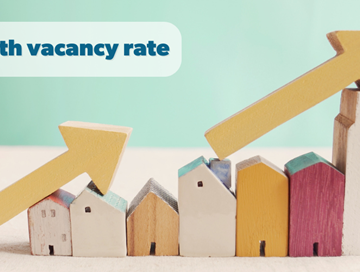
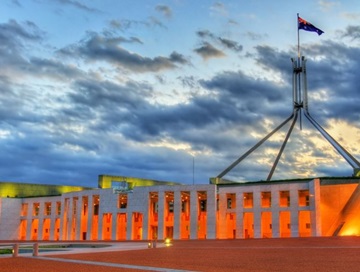
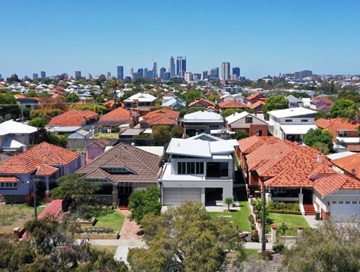
.tmb-rcarousel.jpg?sfvrsn=94ec25f9_1)
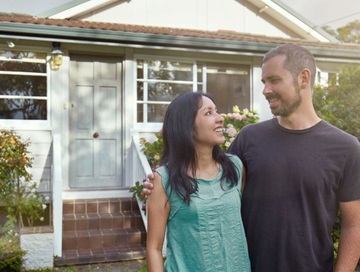



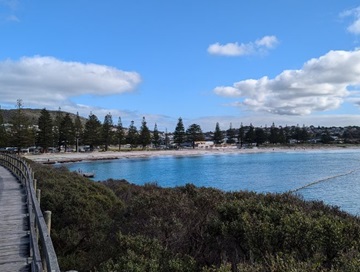
.tmb-rcarousel.jpg?sfvrsn=24ed8b20_1)